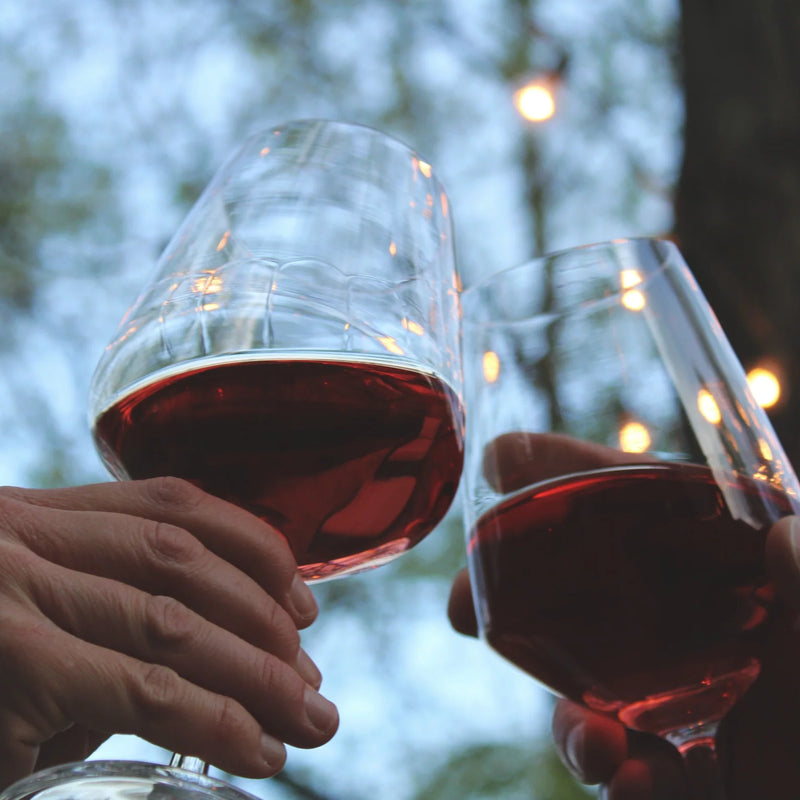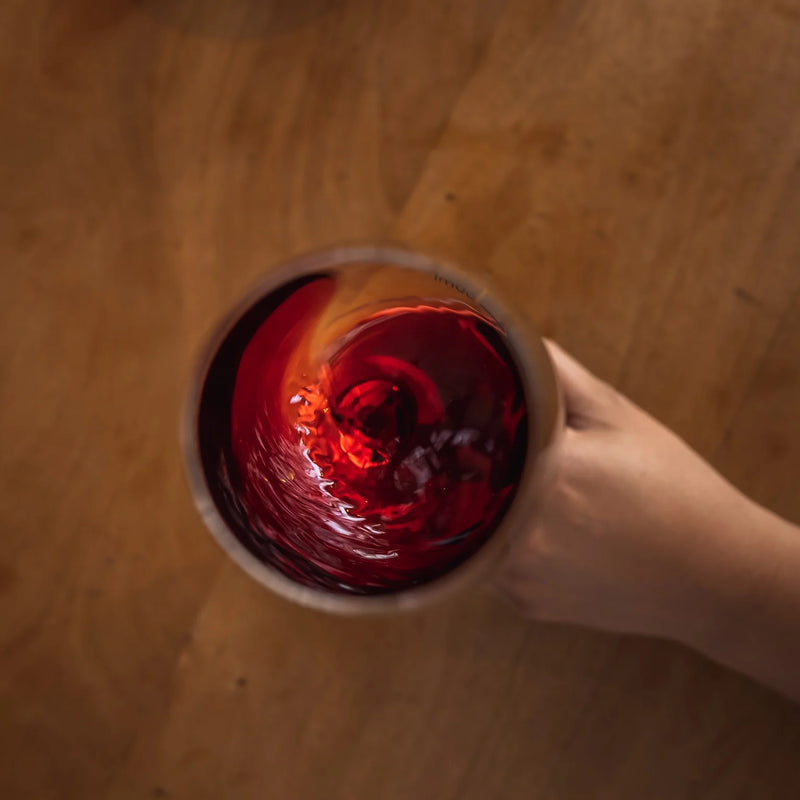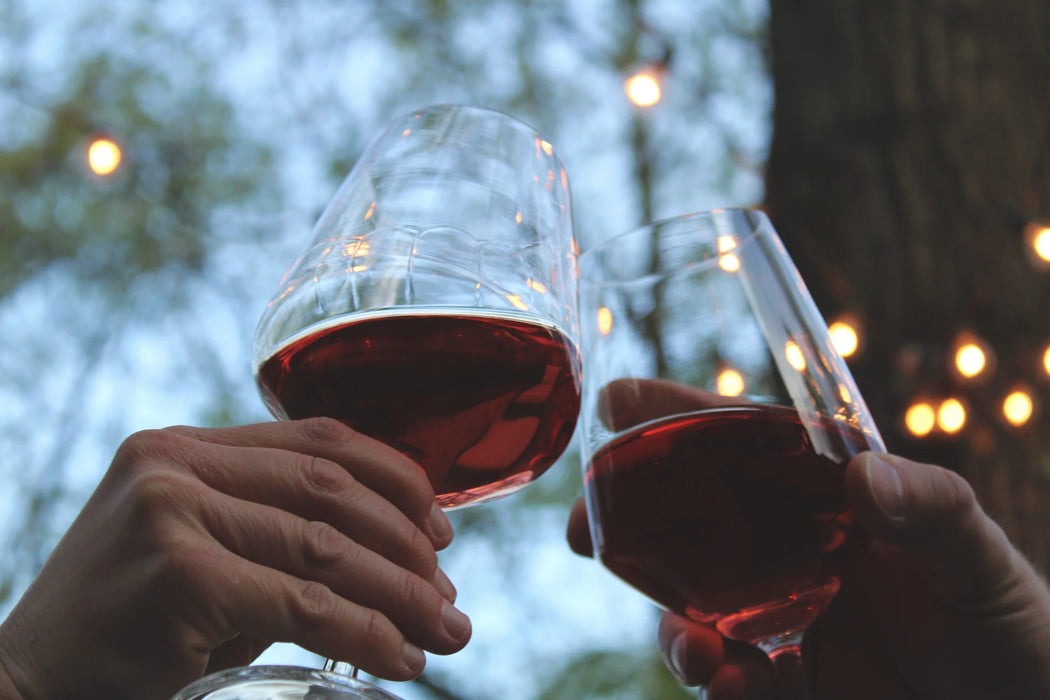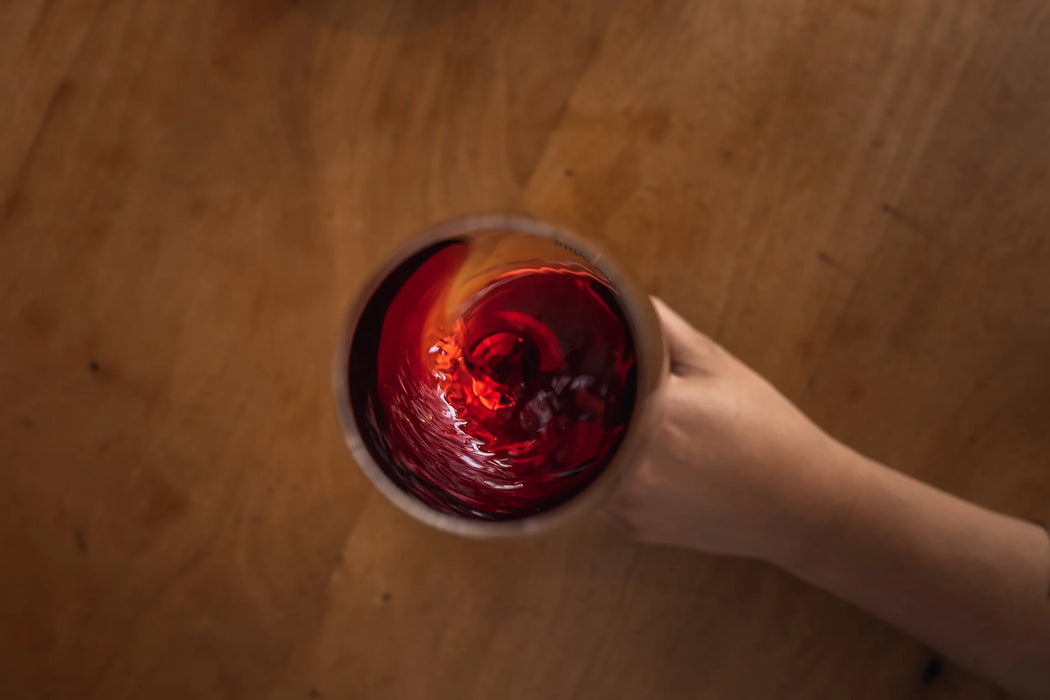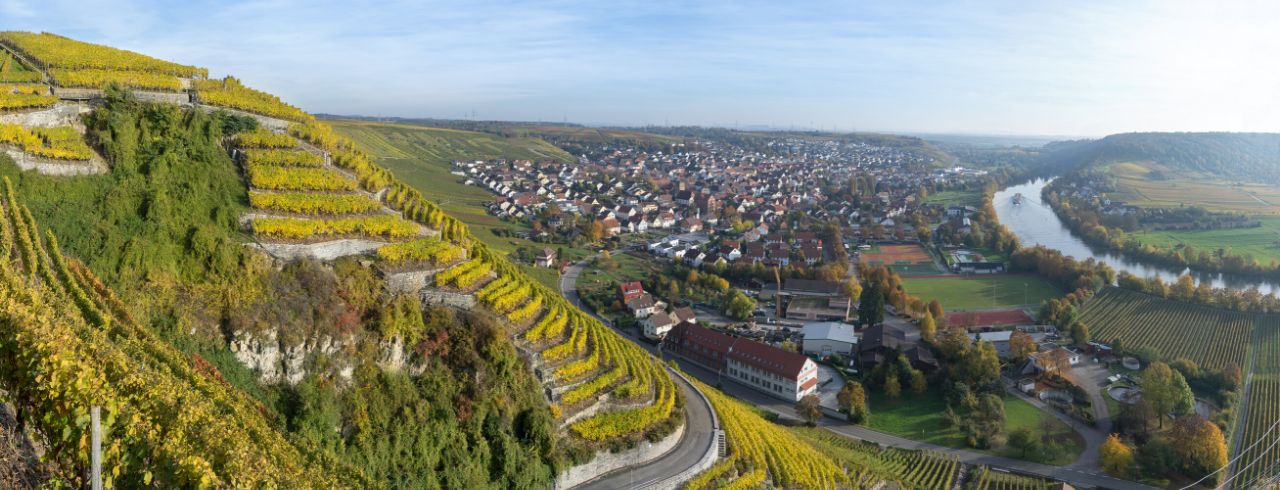
Grüner Veltliner
Groo-ner Velt-lee-ner
Parents & Origin: Savagnin + St. Georgener-Rebe (Austria) Grape: Small, spherical, green skin Flavors: Lime, lemon, grapefruit, nectarine Notable Regions: Austria, Hungary, Slovakia, Czech Republic Sweetness: Dry Body: Light Tannins: None Acidity: High ABV: 11-13%

The History of Grüner Veltliner
Grüner Veltliner is an Austrian white wine grape. It is likely indigenous to Austria, where it is the country’s most planted grape variety. Recent DNA analysis revealed that the parentage of Grüner Veltliner is Savagnin (one of the parents of Sauvignon Blanc) and St. Georgener-Rebe, an obscure Austrian grapevine from the village of Sankt Georgen am Leithagebirge in eastern Austria. Before 1855, the wine was called Weißgipfler, with the Grüner Veltliner name becoming standard by 1930.
For much of its history, Grüner Veltliner was just another Austrian grape. Few wine enthusiasts in the 19th and early 20th centuries gave this wine any credit compared to famous French wines such as Sauvignon Blanc and Chardonnay. However, after World War II, a winemaker named Lenz Moser implemented a Hochkultur (vine training) system to bring out the best in the grape. This catapulted Grüner Veltliner’s popularity in Austria from the 1950s till now.
Outside of its homeland, Grüner Veltliner has also become Slovakia’s most-planted grape and the Czech Republic’s second-most-grown grape. In the New World, Grüner Veltliner has caused intrigue in the cooler wine regions of the United States, such as Massachusetts and New York. The international popularity of the wine grew significantly after a 2002 wine tasting competition in which the Austrian Grüner Veltliner beat out French grand cru wines.
Interesting Fact: Many other Austrian wine grapes have “Veltliner” in the name, such as Rota Veltliner. However, Grüner Veltliner is genetically distant from these other grapes, instead descending from Savagnin and a single obscure vine from a small village.
Grüner Veltliner Food Pairings
Due to its fruit flavors and pleasingly high acidity, Grüner Veltliner is a particularly food-friendly wine and frequently appears on restaurant wine lists.
The Best Grüner Veltliner Food Pairings
While Grüner Veltliner goes with a wide variety of dishes, it works wonderfully with very flavorful or spicy foods, whether it’s an Austrian classic or a spicy Asian dish. It also stands up to more complex vegetables such as artichoke and asparagus.
Food Pairings to Avoid with Grüner Veltliner
Like any white wine, Grüner Veltliner is not ideal for your heaviest dishes, particularly red meat, in which red wine would be a better choice.
Grüner Veltliner Tasting Notes

Grüner Veltliner offers primary flavors of lemon, lime, grapefruit, and nectarine, followed by secondary notes of white pepper, iris, green bean, radish, lovage, and tarragon, ginger, and honey. It is best served chilled to around 46 degrees Fahrenheit. In addition to these citrusy flavors, Grüner Veltliner offers a light body and a particularly intense acidity that is often noted for a tingly mouthfeel. Grüner Veltliner is made in two distinct styles, one that is best served the young and one that provides the exceptional aging ability.
Grüner Veltliner's Two Styles
Grüner Veltliner is made in two distinct styles depending on region and desired taste. The classic style of Grüner is more common on American shelves: it is best consumed within two years of bottling and offers delightful citrus flavors that pair well with food. However, it does not offer much aging potential and the characteristic acidity is lessened. The second style is made from the highest quality grapes and is much more complex in nature, with a faint creaminess and notes of honey. These wines are usually aged in oak and in bottle for around 3-6 years before release and come with a heftier price tag. If you’re looking for the more complex style, search for bottles from the Wachau region, bottles labeled “Reserve,” or wines with more than 12.5% alcohol. Other bottles of Grüner Veltliner are likely to be the classic style.
Grüner Veltliner’s DAC Classifications
Grüner Veltliner is a permitted varietal under several of Austria’s Districtus Austriae Controllatus (DAC) zones, similar to DOC regions in Italy or DO areas in Spain. Grüner Veltliner is the only permitted varietal in the Weinviertel DAC, and it is also prominent in Leithaberg, Traisental, Kremstal, Kamptal, Wagram, and Wachau.
Each of these DAC regions has differing requirements, but generally, they promote Grüner Veltliner as a leading grape and set minimum alcohol levels. The location also influences the style of wine: the warmer regions of Wachau, Kremstal, and Kamptal are prime for the rich and nutty style, while Weinviertel and most other regions tend to produce the more classic style.
Grüner Veltliner in a Nutshell
Grüner Veltliner has become one of Austria’s most beloved white wines, and its impact is known from the number of wine lists on which you’ll find it! The unique grape offers fruit-forward flavors of lemon, lime, grapefruit, and nectarine, with a light body and high, crisp acidity. The two distinctive styles of Grüner Veltliner also allow a varied experience! Pair a bottle of Grüner Veltliner with any dish that has a lot of flavor and spice.
